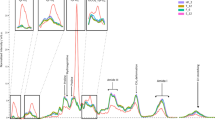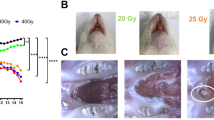Abstract
WE enclose a print of a “Röntgen” photograph taken by us some time ago, which shows very clearly that it is to the mineral constituents that bone owes its opacity to the “X-rays.” Two human finger-bones were obtained as nearly alike as possible. One was decalcified by treatment with dilute hydrochloric acid for some days, the other being soaked in water for the same period. The calcium phosphate, carbonate, &c., dissolved by the hydrochloric acid, were precipitated by ammonia and ammonium carbonate, and the precipitate, after washing, was spread on paper, so as to cover an area about equal to that which would be covered by the original bone. This precipitate, together with the bone which had merely been soaked in water, and the “decalcified” bone (which had shrunk during treatment with the acid), were then placed upon a photographic plate and exposed in a cardboard box to the radiations from a Crookes' tube excited by a small “Tesla” apparatus.
This is a preview of subscription content, access via your institution
Access options
Subscribe to this journal
Receive 51 print issues and online access
$199.00 per year
only $3.90 per issue
Buy this article
- Purchase on SpringerLink
- Instant access to full article PDF
Prices may be subject to local taxes which are calculated during checkout
Similar content being viewed by others
Author information
Authors and Affiliations
Rights and permissions
About this article
Cite this article
CORMACK, J., INGLE, H. The Röntgen Rays. Nature 53, 437 (1896). https://doi.org/10.1038/053437b0
Issue date:
DOI: https://doi.org/10.1038/053437b0



